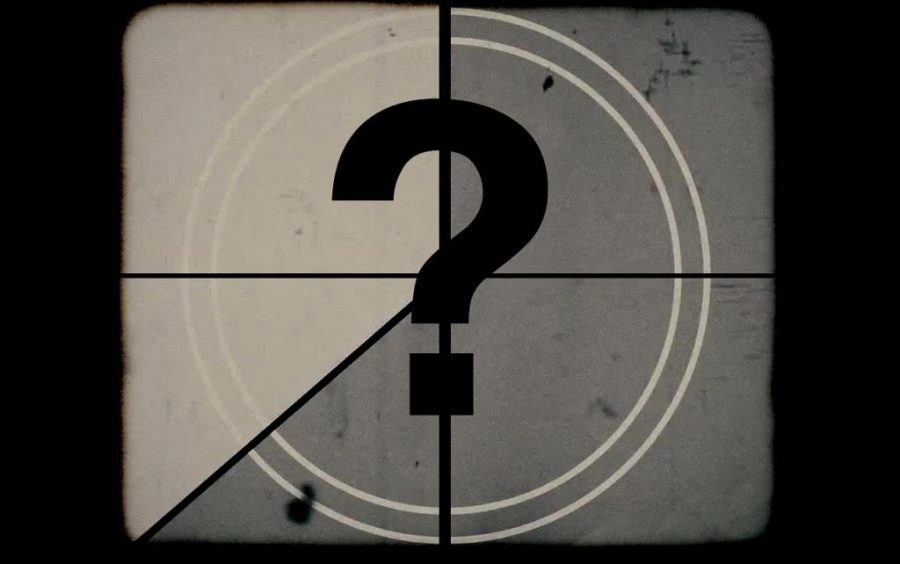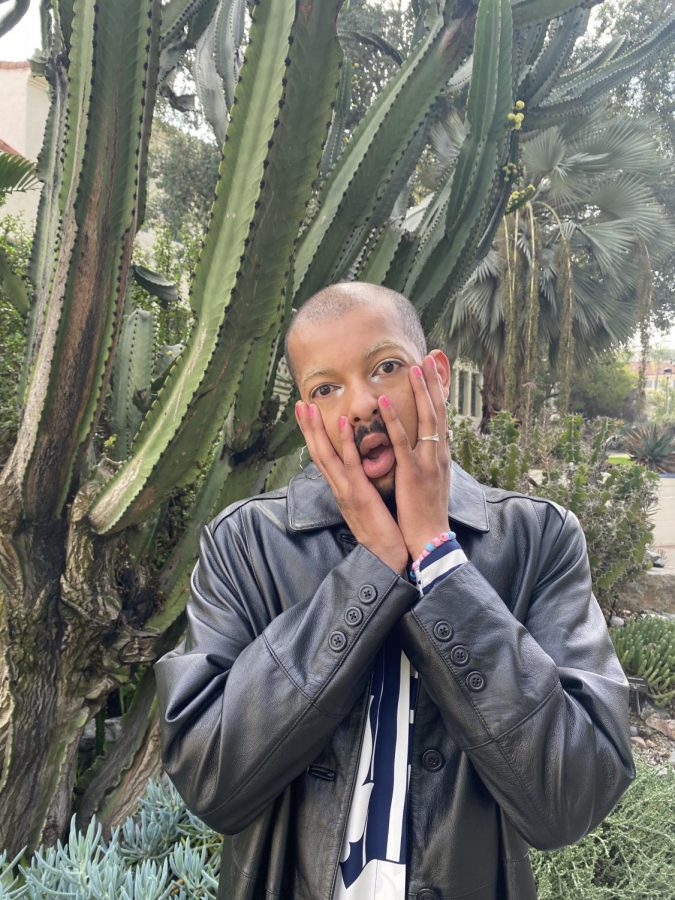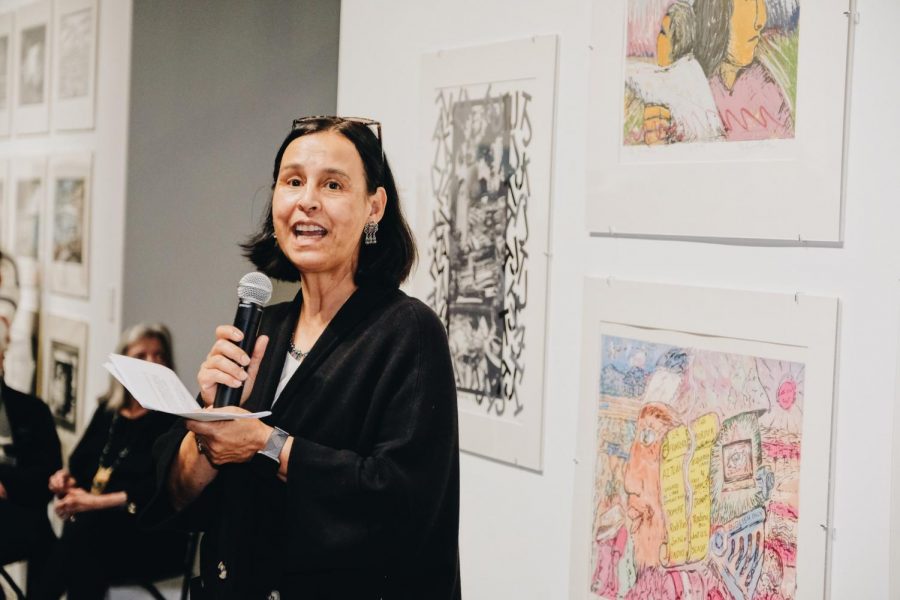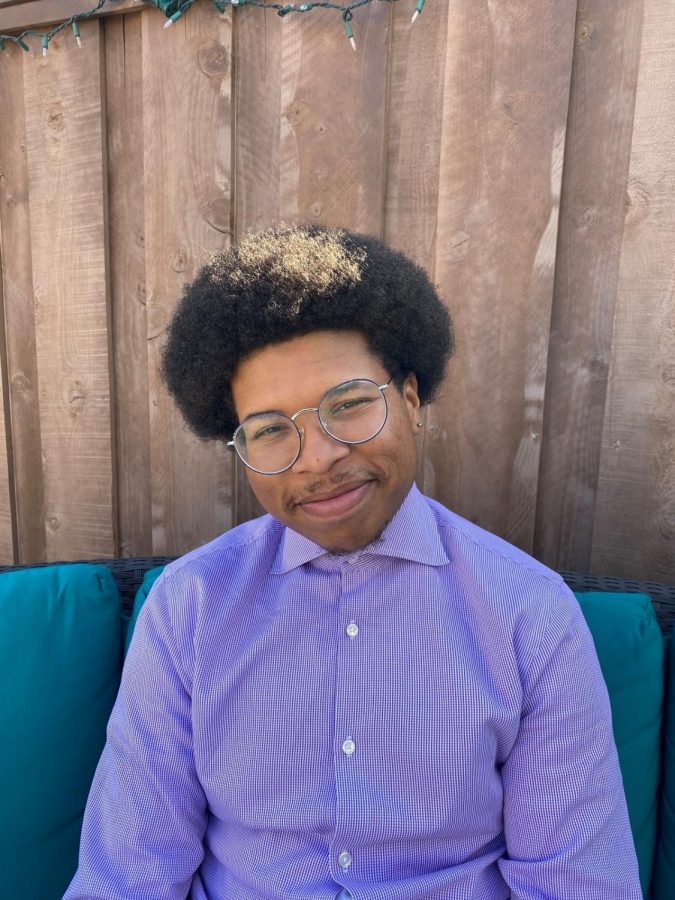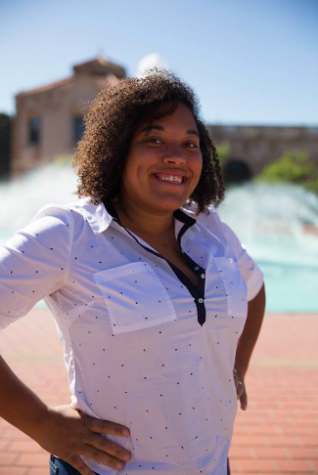Cinephiles like myself love watching classic films that have been deemed quintessential to mainstream, American culture. For hours on end, I have snacked on popcorn, Sour Patch Kids and Junior Mints as I binge watched and revisited these movies as both a child and an adult.
Watching my favorite movies has become increasingly easier with the use of modern-day, movie streaming websites. It has also, however, made it much easier to point out the problematic themes present in many older films throughout cinematic history.
From white actors being cast in ethnic roles to a lack of consent in the sexual relationships between characters, I have had to reevaluate the way I idolize some of these films.
“Sixteen Candles”
The Brat Pack, classic 80s film “Sixteen Candles” was one of my favorite movies growing up. I used to watch it regularly enough to the point that my mom pretended to forget my 16th birthday so that she could throw me a surprise party as an homage to the film.
Then, all of a sudden in my late 20s, I realized how problematic certain aspects of it are.
Long Duk Dong is a terrible caricature of an Asian exchange student and leading character Samantha’s line of only wanting a “pink guy and a black Trans Am” — not the reverse — both scream “racism.”
Even worse, the film is the poster child against consent by today’s standards.
Jake Ryan — the hunky hero of the film and Samantha’s paramour — spends the evening of his party trying to call Samantha while his drunk girlfriend ruins his parents’ house.
When he finally decides he’s over her, Jake pours Caroline into a car with “Farmer Ted,” a drunk 15-year-old without a license who can’t drive a stick and whom she doesn’t know. The audience is led to believe that Ted has sex with her, even though both characters were wasted and neither can remember what happened when they awaken in the parking lot the next day.
“Breakfast at Tiffany’s”
Author Truman Capote’s novella “Breakfast at Tiffany’s” led the world to fall in love with Audrey Hepburn as she portrayed main character Holly Golightly in the 1961 film adaptation.
The story is fairly progressive in that it doesn’t necessarily make harsh judgment calls on Holly’s career as a sex worker — granted, what she does is only merely alluded to in the film.
But the film becomes cringe-worthy every time her landlord Mr. Yunioshi appears on the screen.
Donning yellowface makeup, false teeth and a kimono, white actor Mickey Rooney’s over-the-top portrayal of a Japanese immigrant just about ruins the movie for me. Aside from the prosthetic makeup used to make him “look Asian,” the character’s physical comedy includes hitting his head on a low-hanging paper lantern.
“Peter Pan”
As a child raised on Disney films, I have watched almost every animated classic on multiple occasions over the course of my life. Racist themes and characters can be seen in many of the older movies, but this is especially true in the 1953 animated version of “Peter Pan.”
The boy who refuses to grow up flies and plays around the island of Neverland, fighting swashbuckling pirates and befriending fairies and mermaids alike.
When he interacts with the supposedly Native American inhabitants of the island, the racism starts to fly across the silver screen.
Tiger Lily and the rest of her tribal compatriots are decked out in stereotypical leather fringe, feather headdresses and war paint. They yell “war cries,” live in teepees, smoke a “peace pipe,” are referred to as the racial slur of “redskin” before singing “What Made the Red Man Red” to the beat of drums.
The final nail in the coffin of “Peter Pan,” for me, is when the female, native character refers to Wendy as a “squaw,” which is a derogatory ethnic and sexual slur for indigenous women.
“Pretty in Pink”
Not to be too harsh on Brat Pack films made by filmmaker John Hughes, but the second 80s film in this list, “Pretty in Pink,” has lost some of its magic for me in viewings of it in recent years.
The movie tells the story of Andie Walsh — once again played by Molly Ringwald — who lives on the wrong side of the tracks from her love interest Blane McDonough. His rich friends and family don’t understand his interest in her and his best friend treats her like garbage.
Ultimately, Andie still ends up in a romantic happy-ending scenario with Blane, even after he ghosted her right before the prom.
My heart breaks for Duckie every time he dances and lip syncs to Ottis Redding’s “Try a Little Tenderness,” especially knowing how much he loves her and that he was supposed to end up with Andie in the original plot.



